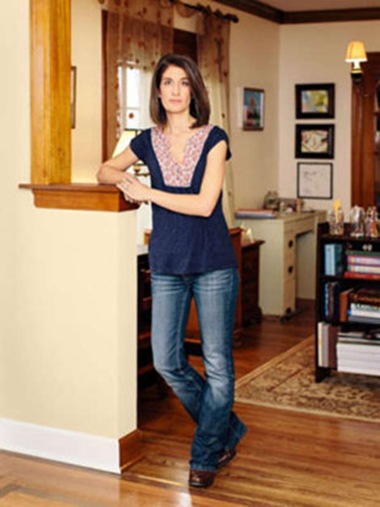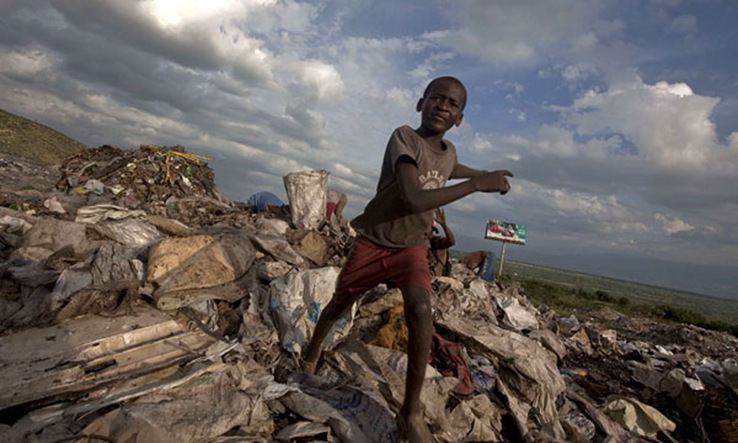Shine
March 22, 2014

Stacey Conner, a 41-year-old mom and former attorney from Spokane, Wash., dreamed of having a large family with biological and adopted kids. “The world is a big place with a lot of children in it; we wanted to bring some of those into our family, to give our love to kids without it,” she says. After she volunteered in an orphanage in poverty-torn Haiti in 2005, Conner and her husband, Matt, a pharmacist, decided to adopt two children. But the process was so slow that by October 2006, when they brought home their (unrelated) 5-year-old Haitian son and 1-year-old Haitian daughter, Conner had given birth to a son, who was 1. “Having an instant multicultural family was magical,” Conner says, “for about two weeks.”
Her older son, whom she calls J here, “engaged every person he met — he literally crawled into the laps of strangers,” says Conner. “But if I said ‘It’s time to go’ or anything that asserted I was in control, he’d rage, bang and scream for hours.” Very quickly, Conner had a sinking feeling she tried to push away. “I was committing the worst maternal sin: I felt like I loved one child less than the others.”
Within two months, J started pinching his siblings, and Conner was not only ashamed, but also afraid. “When he hurt them, it provoked an anger in me I didn’t know I had,” she says. “I worried I’d lose it and spank him.”

She broke down in front of her husband, who worked all day and hadn’t witnessed the worst of J’s behavior. Matt tried to reassure her that it was just a rough transition and started spending more one-on-one time with J after work. But things didn’t get any better, and by early spring, J had escalated from pinching his siblings to hitting them. Aside from her social worker, Conner met with a therapist specializing in attachment disorder, a broad term used to describe an inability to build meaningful bonds. One form of the disorder can develop when a small child feels repeatedly abandoned or powerless — things it’s not hard to imagine a kid in an orphanage might experience. When Conner got pregnant again, the therapist explained that it was too much to expect a boy who had already been through so much to be a responsible older brother, and that ideally J needed to be either the only child or the youngest in a family. “I felt like the expert was telling me that since I had babies, it would be best to find J another home,” says Conner. But as difficult as the situation was, she shrank from that possibility, saying, “Forget it. He’s my son!”
Instead, she tried an earlier suggestion from the social worker, doing “24-hour eyes-on parenting” — basically, not letting J out of her sight. This went on for two months, until one afternoon when J began throwing a ball at the ceiling. “I said no,” Conner recalls, “but he wouldn’t stop. So I took it away.” J went into a wild, screaming tantrum, unintentionally hitting Conner’s nose with the back of his head: “I was bleeding heavily, sitting on the rug, crying. My two little ones were hiding behind a chair, crying. And it hit me: This is a domestic violence situation; if their dad had done this, I would take our children somewhere safe.”
